On a trek through Uttarakhand, a former diplomat muses on the unprecedented scale of developmental activity in the region
I have been trekking the Uttarakhand and Himachal Himalayas for several years now. These are unique and breathtakingly beautiful landscapes. No matter how many times I have returned to explore these majestic snow mountains, interspersed with rich verdant valleys and quaint villages tucked away in impossibly remote nooks and corners, each journey has been a memorable and deeply uplifting experience. Watching the sun rise at Nanda Devi or tracing the wisps of clouds gathering around the Trishuli peak, makes one’s spirits soar. And then a sense of humility, awed by the majesty of these towering peaks cloaked in eternal snows.
The pandemic’s unusual epiphany: it’s only the daily hustle that makes us enjoy our inadequate holidays
Dog Days: A dog could well be a panacea for urban living (Source: Getty Images)
In late 2020, when the tragedy of the first wave — the overnight lockdown and watching those who make our cities run, flee to rural India — had begun to ebb, I was sent on a well-deserved guilt trip. The plan was to stay at the home-away-from-home in Kumaon for about three months. Work for the first month, take a two-week break, and then back to the grind.
Cannes 2022: Death is a recurring theme in some of the Indian films at the festival
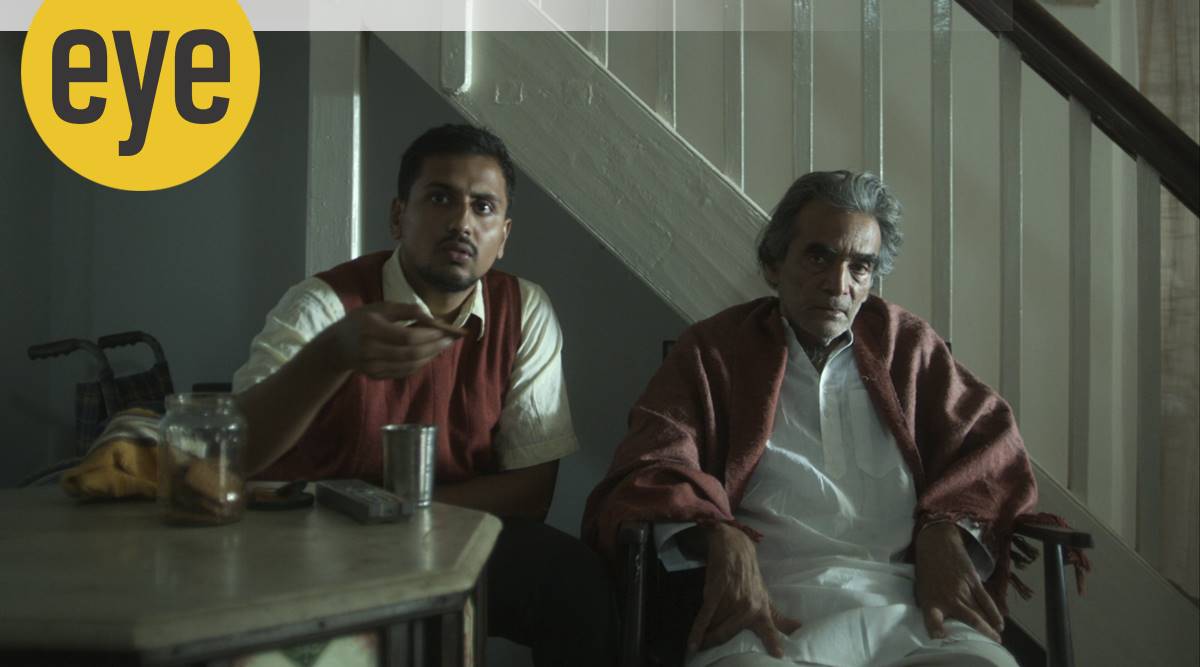
Death loomed large from the beginning. The official opening of the Cannes Film Festival was delayed by World War II. When it raised its curtain, it gave Chetan Anand’s Neecha Nagar (1946) the Palme d’Or (then called the Grand Prix du Festival International du Film) for the Best Film, the only Indian film with that feat till date. The Zohra Segal and Kamini Kaushal-starrer film dwelled upon dialogues between two Indias (rich/high and poor/low), excesses of power, ecological hostility, disease and death. Some of these themes are touched upon in India’s only official selection (in the non-competitive Special Screening segment) at the festival this year, Shaunak Sen’s 2022 Sundance Grand Jury Prize-winning documentary All That Breathes, where two brothers give their all to save the “more than human” (black kites) that fall dead/wounded from toxic Delhi skies. And, one can’t help notice a recurring theme of death in some of India’s showcase at Cannes.
Seema Chishti’s new book, on her parents’ interfaith marriage, is a compendium of notes from another India
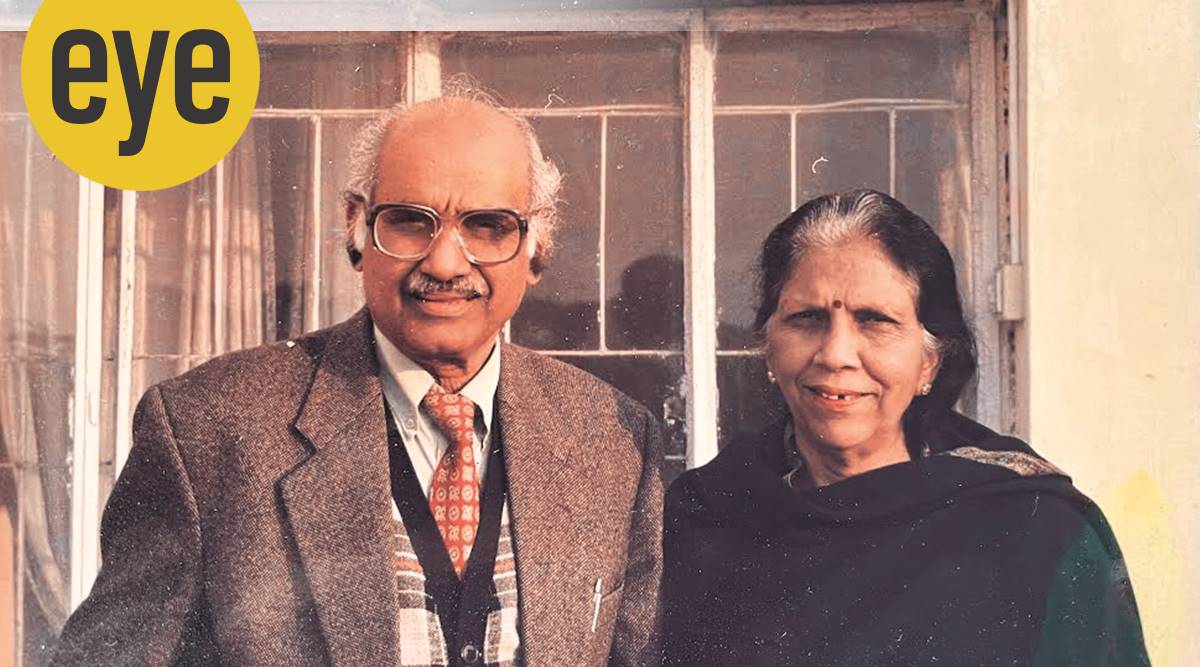
What can an interfaith love story from an India in another time teach us today? That, in order to get married, it is enough to be in love; that families might not only not object but welcome such a union; that far from being a hurdle to this type of marriage, the state can actually be an enabler. If all of these seem self-evident, consider the quickness and frequency with which the term “love jihad” is invoked in the context of interfaith romances today. Consider also the speed with which states around the country are passing laws that — in effect, if not in actual words — render interfaith marriages impossible. And then consider the marriage at the heart of Seema Chishti’s Sumitra and Anees: Tales and Recipes from a Khichdi Familywhere a man and woman — despite the gulf of religion and culture between them — chose to spend the rest of their lives together.
Mumbai photographer Prarthna Singh’s first solo-book is a walk down the alley called Shaheen Bagh
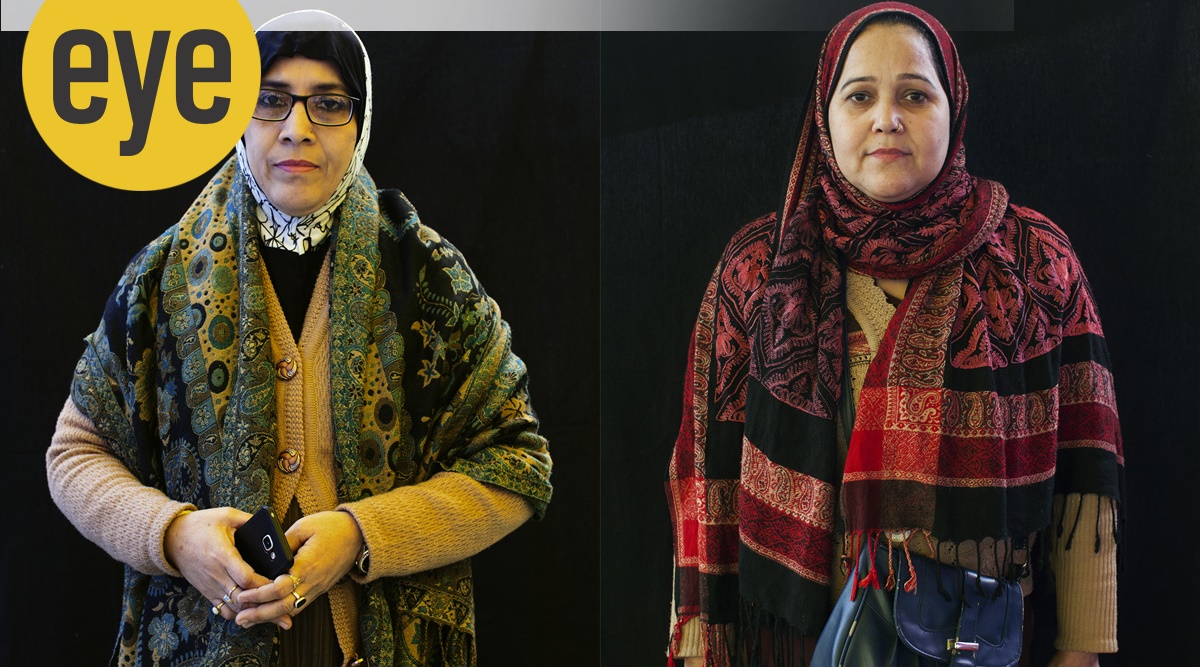
Who is the perfect protester? We imagine raised fists, hurt faces, angry stances. We imagine climbing barricades, braving tear gas. If we go by this visual vocabulary, Har Shaam Shaheen Bagh (Every Evening Belongs to Shaheen Bagh) takes us by surprise. With over 150 portraits of non-violent protestors, the photo-book gently challenges the imagery of contemporary resistance movements.
Har Shaam Shaheen Bagh is Mumbai-based photographer Prarthna Singh’s first solo photo-book (she had earlier teamed up with the authors of Sar: The Essence of Indian Design in 2016). In December 2019, after the Delhi police reportedly assaulted students of Jamia Millia Islamia University who were challenging the Citizenship Amendment Act (CAA)a sit-in protest led by Muslim women started in Shaheen Bagh, Under a tent, with hundreds of women and children on any given day, the peaceful protest lasted for 100 days, until the pandemic struck.
With great love comes great responsibility
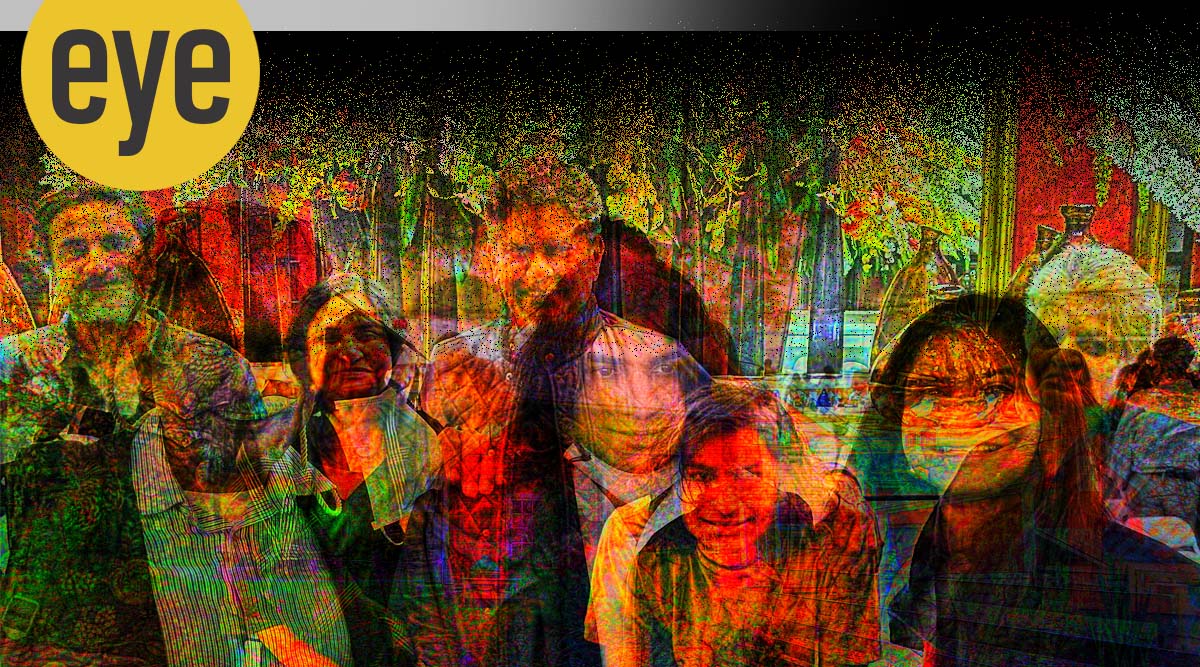
Karun Deep Sagar is my soon-to-be 22-year-old nephew. Born in Dallas, Texas, he has blessed us with joy, happiness, tutelage, angst, comfort, distraction, love, and responsibility. His journey, thus far, has shown us how quickly time passes and also how slowly and tediously. He was named after his paternal grandfather Karuna Sagar and his middle name is a nod to his maternal grand-aunt Deepa and her younger brother, Deepak, my father. With that name he was given blessings that bestowed greatness upon him and made him a torch with a deep ocean-like reservoir of cool, calm compassion that brought light and healing with him wherever he went.
Avinab Datta-Areng’s debut Annus Horribilis marks the arrival of an idiosyncratic voice in Indian-English poetry
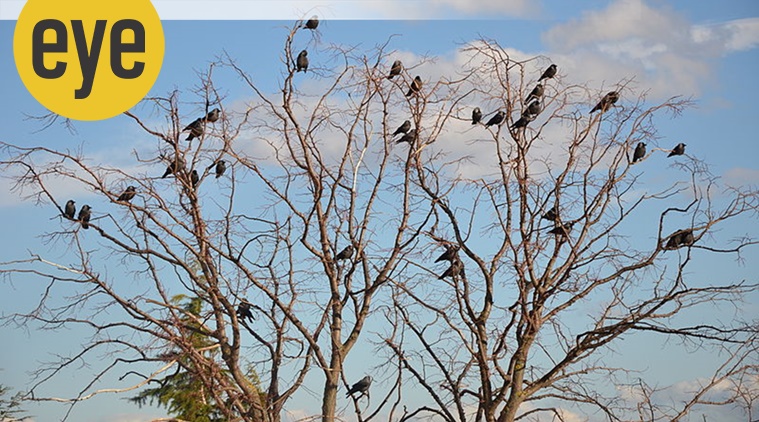
At the outset, one thing needs to be cleared: Avinab Datta-Areng’s poetry collection, Annus Horribilis, is not about the pandemic, despite a title that might point towards it as a possibility. Nor is it a collection that is about happy endings, or for that matter happy families. Rather, it’s about the illusion of measuring impermanent moments, the elusiveness of places and people that feel like home, and sometimes don’t, and the silverfish-like darts of memories.
What makes them the juiciest of all
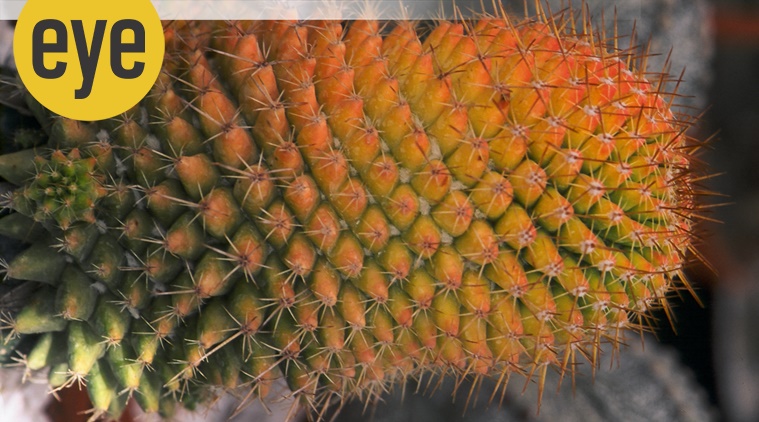
Take a bite out of a plump plum or peach and you’ll immediately know the meaning of succulent, as the lovely sweet juice spurts everywhere and trickles down your chin. Take a bite out of any of the numerous plants that are actually called “succulents” and you’ll probably be sick, get diarrhea or suffer from temporary paralysis. Succulent plants consist of a vast array of plants that thrive in arid, semi-desert areas and have devised cunning ways of conserving that rarest of commodities in the desert – water. Some are so successful they consist of 95 per cent of water, in which they mix their own poisons, so that desert animals (and us) do not guzzle it all up.
,